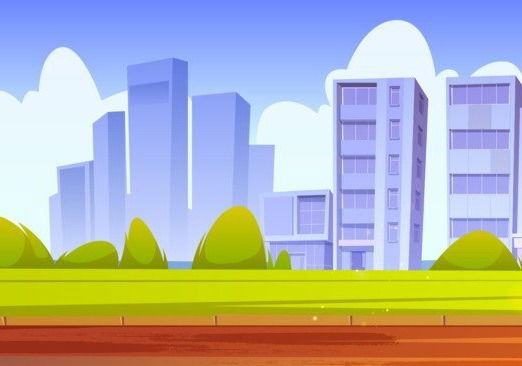The Cumulative Impact of Urbanization on Natural Habitats: Understanding the Threats and Solutions
29Mar

By Michael Jumba
As urban areas continue to expand worldwide, natural habitats are being rapidly transformed or destroyed, leading to the loss of biodiversity and ecological services. Urbanization not only affects local ecosystems but also has a cumulative impact on a larger scale, affecting the overall health of the planet. In this article, we will explore the threats that urbanization poses to natural habitats and the solutions that can help mitigate their cumulative impact.
Threats to Natural Habitats from Urbanization leads to several threats to natural habitats, including:
- Habitat loss and fragmentation: Urbanization often involves the conversion of natural habitats into urban landscapes, leading to the loss of vegetation cover, water bodies, and wildlife habitats. The remaining natural areas may become fragmented, which makes it difficult for wildlife to move between habitats and reduces their genetic diversity.
- Pollution: Urbanization leads to increased pollution from sources such as traffic, industrial activities, and waste disposal. This can lead to soil, water, and air pollution, which can have detrimental effects on the health of local ecosystems and their inhabitants.
- Invasive species: Urbanization can introduce invasive species that can outcompete or prey upon native species, leading to declines in biodiversity.
- Climate change: Urbanization contributes to climate change through increased energy consumption, transportation emissions, and land-use changes. Climate change, in turn, can exacerbate the threats to natural habitats by altering temperature and precipitation patterns, sea-level rise, and extreme weather events.
Solutions to Mitigate Cumulative Impacts of Urbanization on Natural Habitats
There are several solutions that can help mitigate the cumulative impacts of urbanization on natural habitats, including:
- Conservation planning: Urban planning that considers the conservation of natural habitats can help maintain and enhance biodiversity. This can involve creating green infrastructure, such as parks, wildlife corridors, and green roofs, and limiting urban sprawl.
- Sustainable transportation: Encouraging sustainable transportation options, such as public transportation, cycling, and walking, can reduce the emissions of greenhouse gases and air pollutants from transportation.
- Waste management: Implementing effective waste management practices, such as recycling, composting, and reducing waste, can reduce pollution from waste disposal.
- Education and awareness: Educating the public on the importance of biodiversity and the impacts of urbanization on natural habitats can help promote conservation efforts and behavior change.
Comments


